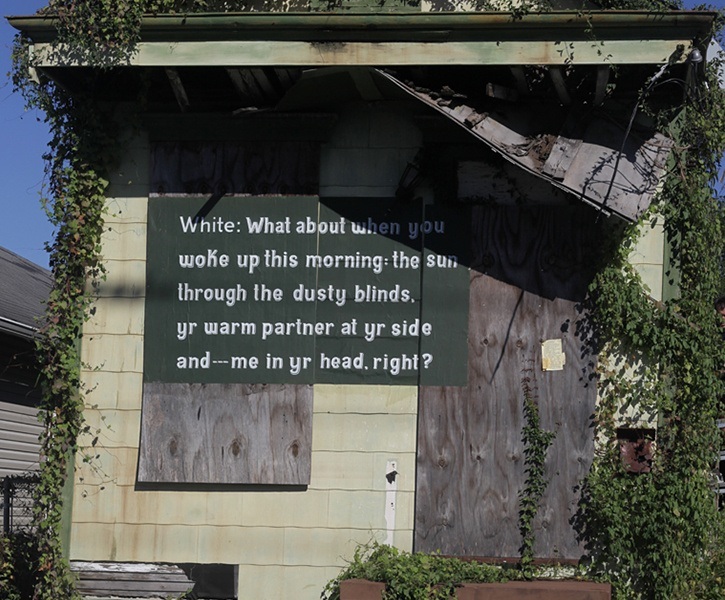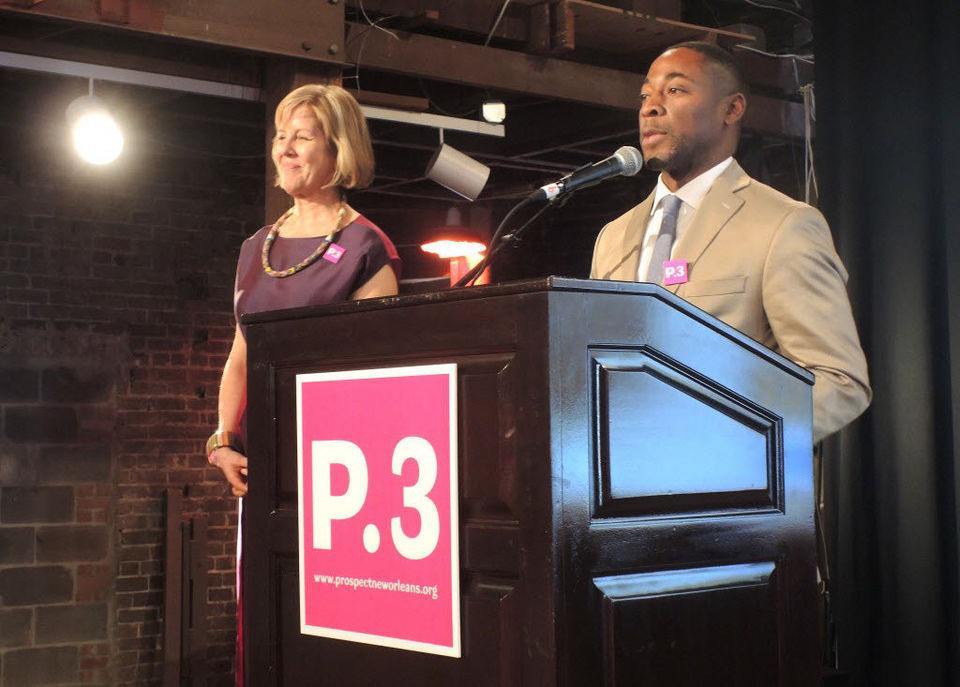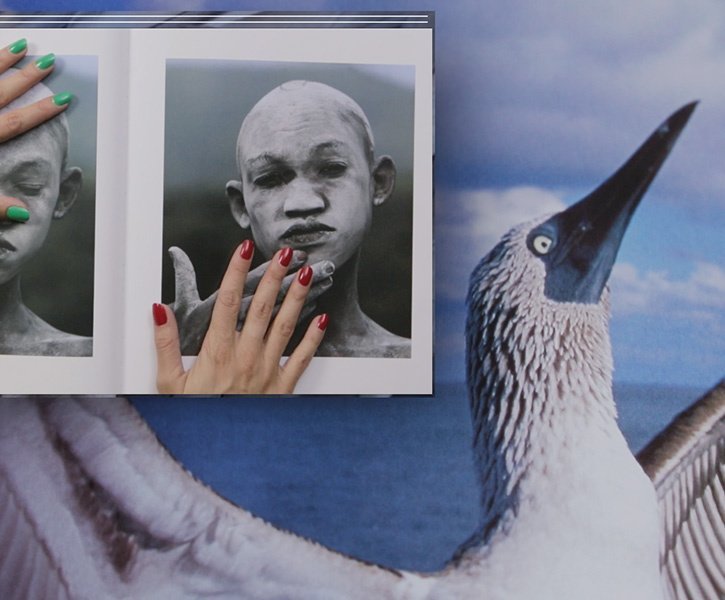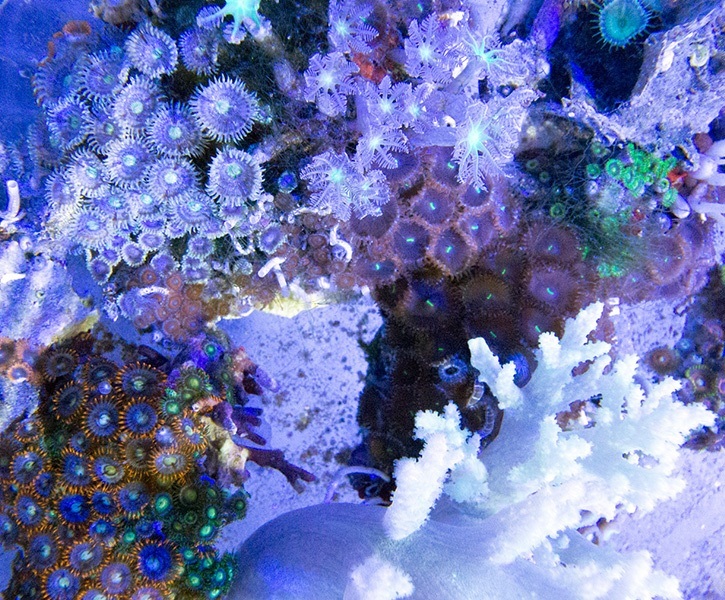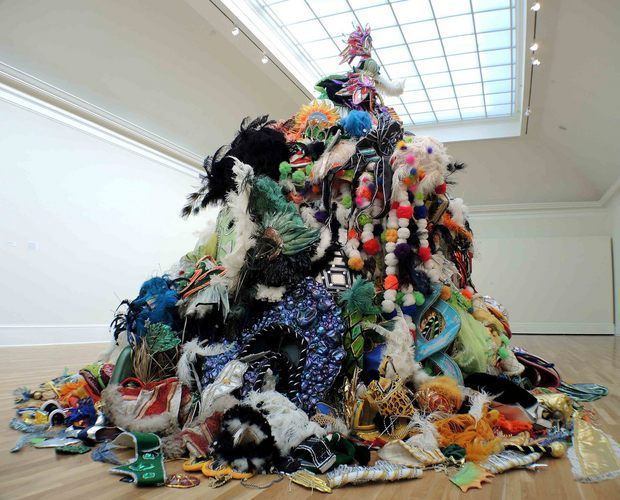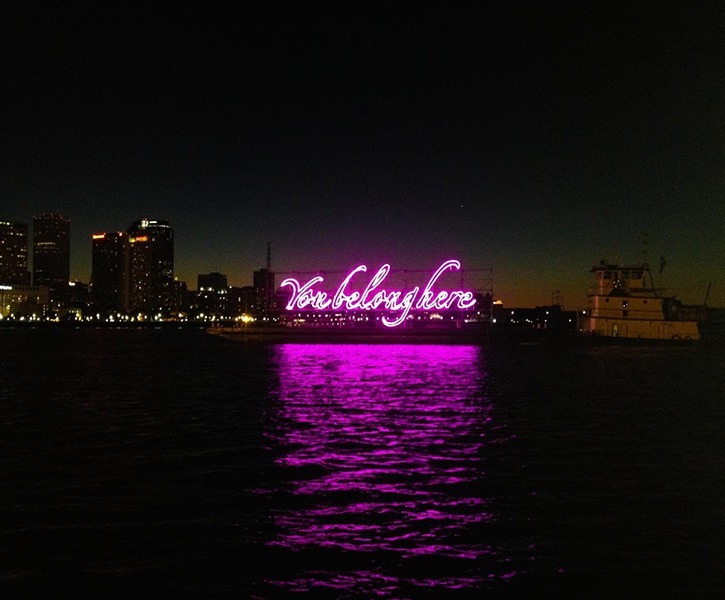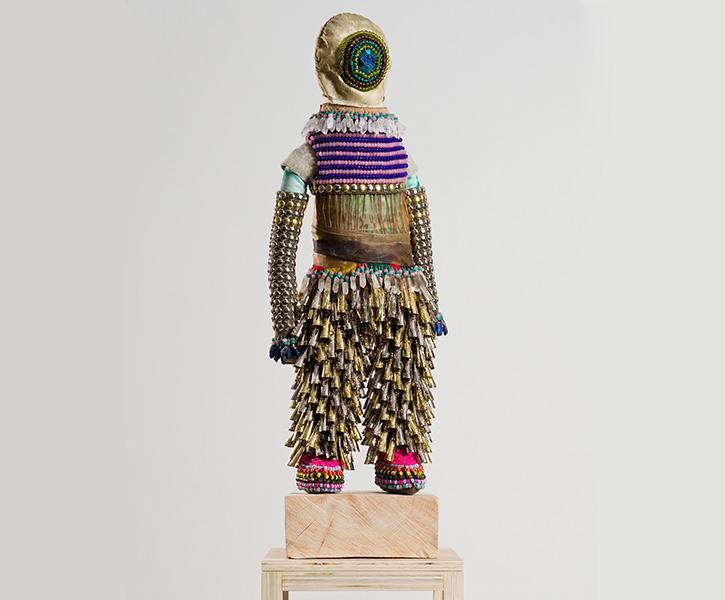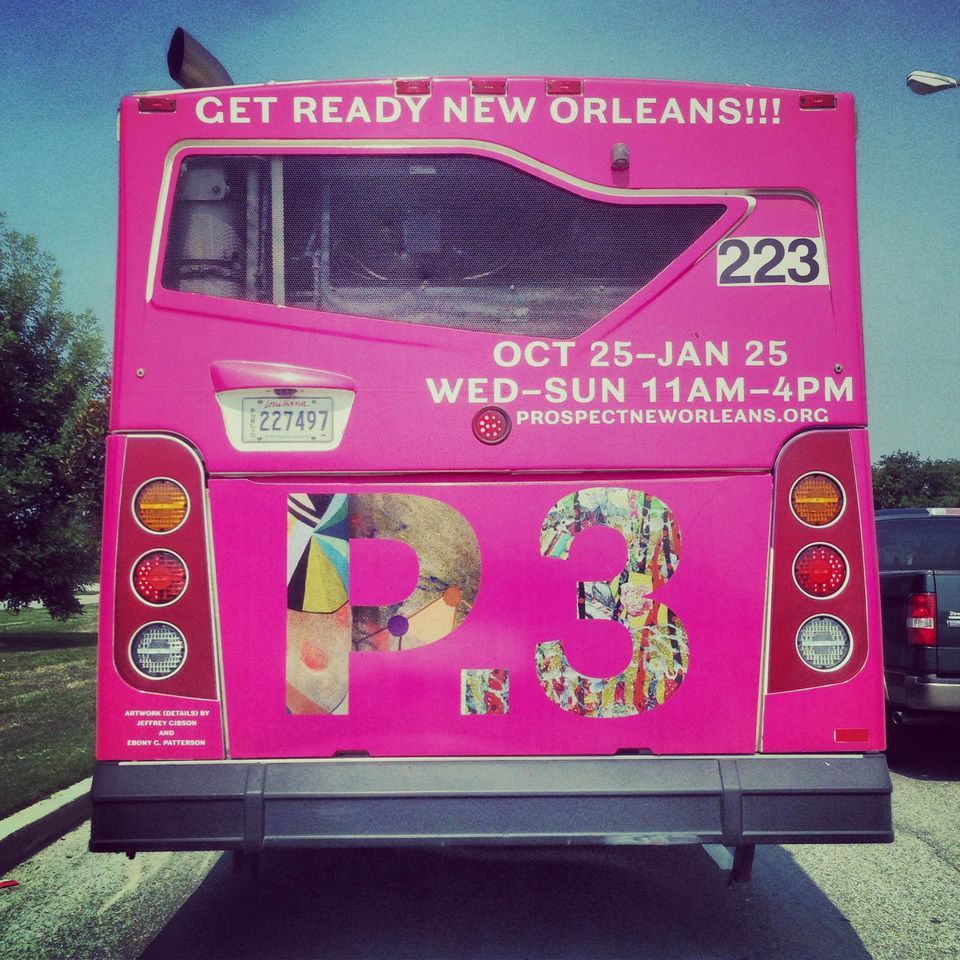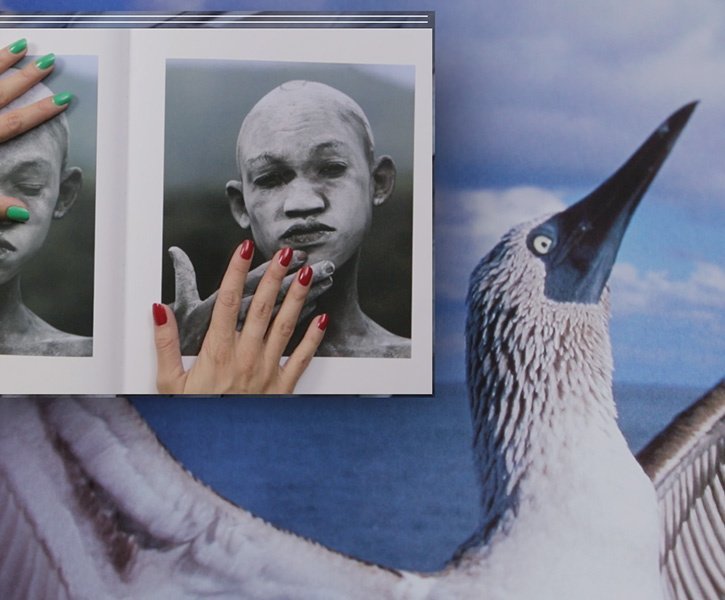The press conference for third iteration of Prospect, the international biennial of art in New Orleans, is about to open at the Ashé Cultural Arts Center. There is music and dancing, a call and response song to awaken the room, together with the usual coffee and sugar. The song doesn’t really set the room on fire, and my European colleague and I are wondering what else will be expected of us at 10am. The arts center is one of 18 official venues for Prospect, creating a sprawling biennial which is as much an exploration of the city as it is of ideas and works of art. The setting for the press conference is also an indication that this biennial is about community, ranging far beyond the usual confines of the biennial, usually preoccupied with the trend du jour of the art world. It’s also about money, something that is obvious when the first speaker is the director of tourism, praising an increase in hotel beds and income. Which is great. Which is why a biennial can be one way of rejuvenating a city’s income and creating an excuse to focus on contemporary art, which is most often billed as difficult and incomprehensible.
So, what are we left with? A lot of art, spread quite thinly over the city. The main concentration of work is at the Contemporary Arts Center, where many of the works play off the idea of globalization and folk art practices in the world; like Agus Suwage’s large scale mixed media piece Tolerance Wall #2 (Tembak Toleransi #2), made out of simple tin cans and parts of radios with the sound of the call to prayer at the local mosque in the artists studio in Yogyakarta, Pushpamala N.’s staged photographs exploring the representation of women in India, Yun-fei Ji’s scroll, and Douglas Bourgeois’s colorful depictions of saints and sinners. The sound bleed from David Zink Yi’s two screen video installation Horror Vacui creates an eerie soundtrack to some of the other rooms, and it feels exciting to dance my way to his piece. This sound-bleed is interesting, but it is hard to pin it down as an out right curatorial strategy. There are examples of works that, in my eyes, act more as stand-ins for cultural diversity and a globalized marketplace rather than challenging and exploring this complicated matter. And there are works that function on many levels and address the complexity of these issues, such as the gorgeous aquariums of Glenn Kaino’s Tank. The work bathes us in a blue light, and while watching the beautiful creatures contained in glass, I feel satisfied, like I’m in a cocoon, where the visual pleasure on display is matched by a constricting idea of strictly controlled preservation and regeneration.
Across the street, at the Ogden Museum of Southern Art, there is another exhibit that for some reason merited its own hardcover catalog: a single room with works by Basquiat called Basquiat and the Bayou. Even though the works are great, I am struggling to see why this was not better integrated or expanded in order to not give such a simplistic fit to the ideas of the south, music, food and culture. Another overkill situation happens at Tulane University, where the lowest common denominator becomes glitter. Here, works by Andrea Fraser, Hew Locke, Ebony Patterson and Monir Farmanfarmaian are seen together, and even though the works dazzle, there is a need for contrast in order not to dismiss this as the carnival section of the show. Fraser was however the strongest card at Prospect in her performance at the New Orleans Museum of Art, dealing with a public process of structural racism in New Orleans. Her script was sourced from a meeting of the New Orleans City Council in 1991 and the participants came alive in Fraser’s rendition. Her voicing of different genders, races, and social classes could have been an excruciatingly embarrassing ordeal, but Fraser pulls it off. The other works at the museum included two works by Paul Gauguin. They were, in a similar way to Basquiat, insular, and lacked further integration or expansion in order to figure in the context of Prospect. Other venues included Long Vue, a beautiful mansion, past the cemeteries and past the city center, where Camille Henrot’s Grosse Fatigue still impresses. I heard of a commission the artist did for the museum and was a little bit sad to not be able to see it, instead of a work, which is great, but something of a staple after its run at the Venice biennial. At the UNO gallery across town in St Cloud, The Propeller Group manages to cleverly transport us to another place as mythical as New Orleans, replete with magical ceremonies, magical beings with magical genders and magical gifts. The 20-minute video piece, filmed in Vietnam, takes us for a ride through funeral services, nature, myth and magic, echoing what I imagine New Orleans to be like. The video is slickly edited and seductively directed, made for repeated viewings.
So, lots of art, and not a lot of white men. That is pretty unique for a biennial of contemporary art, and all my respect to Franklin Sirmans for making sure that you can show a lot of great work, and not be a slave to convention. There was however a lack of spirit of energy, replaced with ticking-off boxes, in order to speak about cultural practices in other regions.
The local community was served through a program called P3+, an extra added bonus that presented a lot of the artist-run spaces that make sure New Orleans has an interesting art scene outside of Prospect, together with other visual art institutions. As a visitor in a new town, it did become an overwhelming mass in the end, without much form or function, more of a free for all. Prospect as an institution still has some identity issues to solve, such as to how to serve a community, which is extremely diverse, while still needing to function as a professional connection to the international art world. This split was spelled out for me after the press conference, when my friend and I biked down the street to a lunch at Creative Alliance of New Orleans. One piece in the exhibition “Above Canal: Rights and Revival,” Just Sayin‘ by Ti-Rock Moore, a neon cross spelling out “White Privilege”, said it all. The art world is white and privileged. Many of the communities of New Orleans are not. The conflict is an interesting one and something the biennial will have to deal with more directly, both in their identity as an international biennial of contemporary art in New Orleans, and also programmatically, in order to create some magic sense of the myriad of artist run spaces and the diverse and disparate communities who all call NOLA home.
